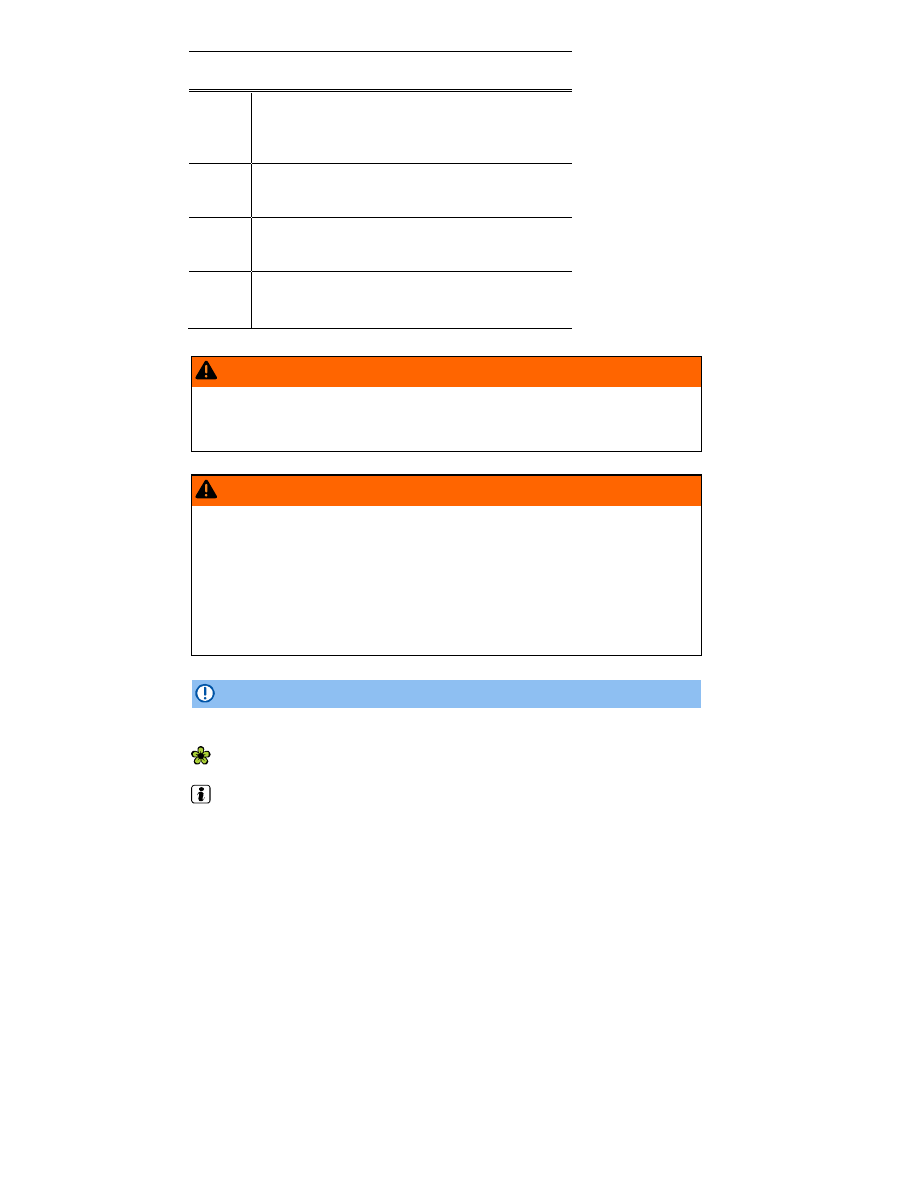Volkswagen e-Golf (2015 year). Manual - part 9

Turn the rotary knob to the desired position:
Switch on outside mirror heating. Heats only
at outside air temperatures below +68 °F
(+20 °C).
Adjust the left outside mirror by pressing the
knob to left/right and up/down.
Adjust the right outside mirror by pressing the
knob to left/right and up/down.
Neutral position. No heating or adjustment
possible.
WARNING
Improper use of the folding outside mirrors can cause personal injury.
Always make sure that nobody is in the way when folding the mirrors in or out.
Make sure that you do not get your finger caught between the mirror and the mirror base
when moving the mirrors.
WARNING
Incorrectly estimating distances with the right outside mirror can cause collisions and seri-
ous injury.
The right outside mirror has a convex (curved) surface. This widens your field of vision.
But vehicles or other objects seen in a convex mirror will look smaller and farther away than
they really are.
If you use the right outside mirror to judge distances from vehicles behind you when
changing lanes, you could estimate incorrectly and cause a crash and serious injuries.
Whenever possible, use the inside mirror to more accurately judge distance and size of
vehicles or other objects seen in the convex mirror.
Always make sure you have a clear view to the rear of the vehicle.
NOTICE
Always fold in the outside mirrors when taking the vehicle through an automatic car wash.
To reduce power consumption, use outside mirror heating only when needed.
When first switched on, outside mirror heating works with maximum heat for about 2 minutes.